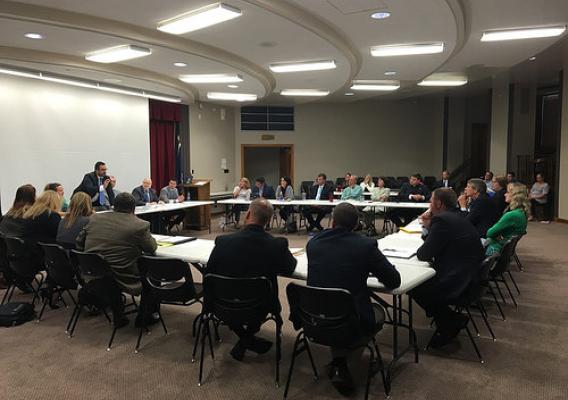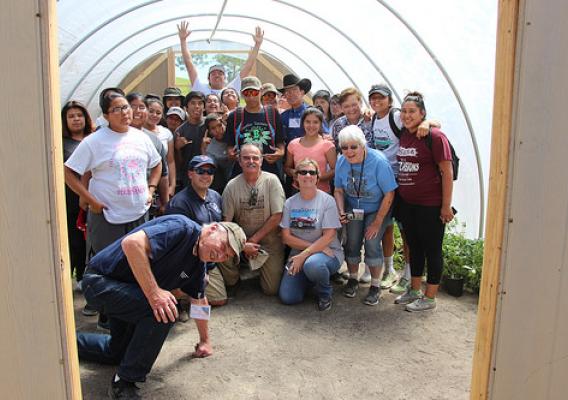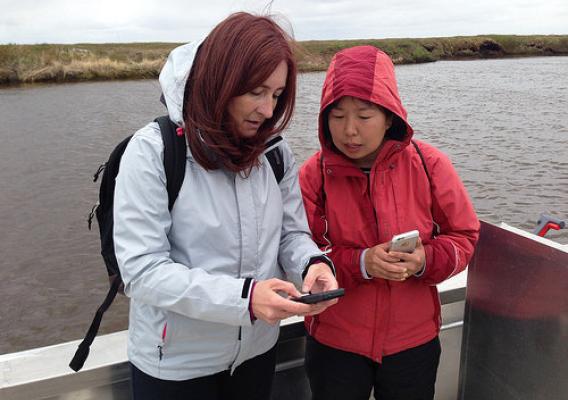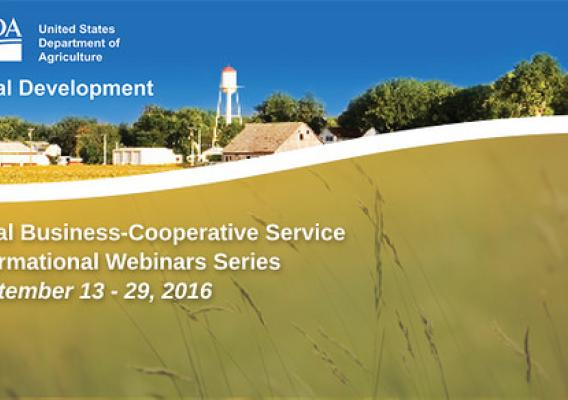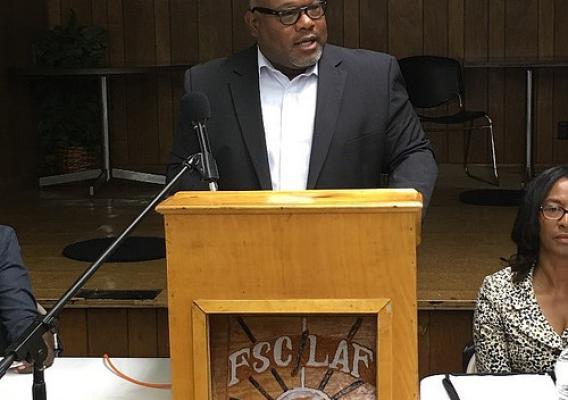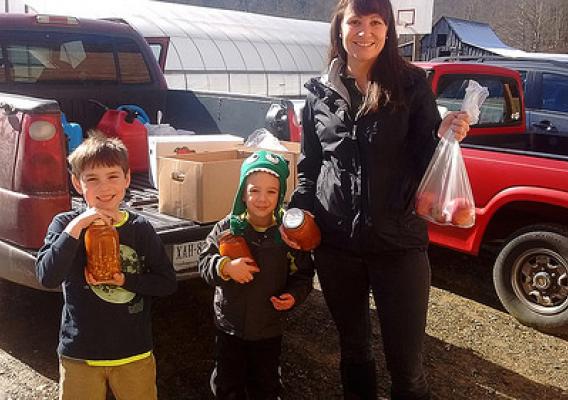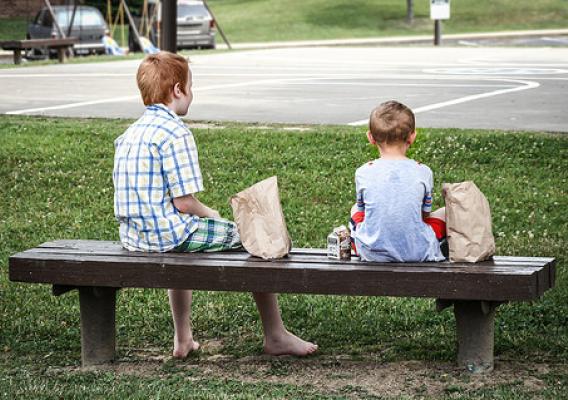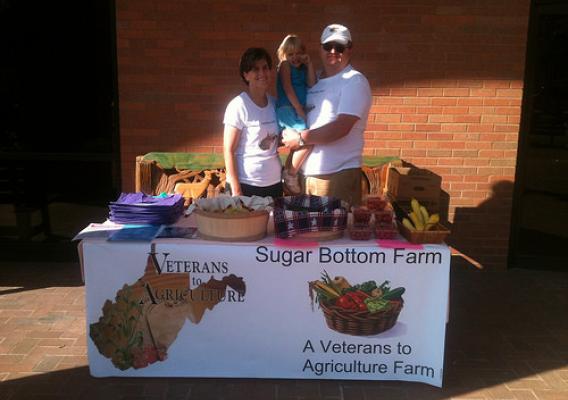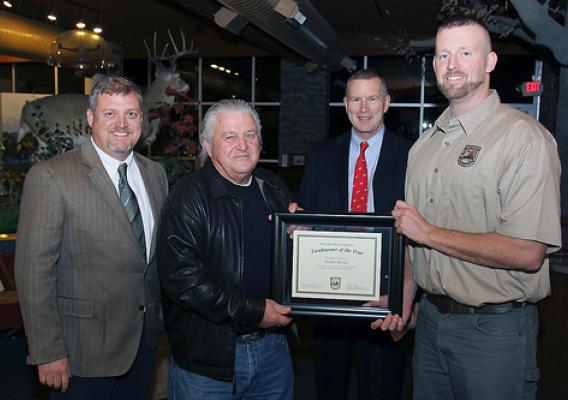Recently, I had the honor of representing USDA at the annual Federation of Southern Cooperatives and Land Assistance Fund (FSCLA) annual meeting in Epes, Ala. It gave me a chance to speak with a phenomenal group of hardworking farmers and ranchers, to hear their stories and share some of the improvements that USDA, under the Obama Administration, has put in place to help uproot inequality. Over the past eight years, we’ve taken steps to change the culture of USDA to ensure all Americans who come to us for help are treated fairly, with dignity and respect.
As I stepped to the podium and looked out at a crowd of faces that resembled mine, I thought back to my early childhood growing up on my parent’s farm. I remembered the hardships they endured trying to sustain a life for me and my siblings, and I wished that I could have offered the same information and opportunities to them as I was about to provide to the room full of individuals at the meeting.

